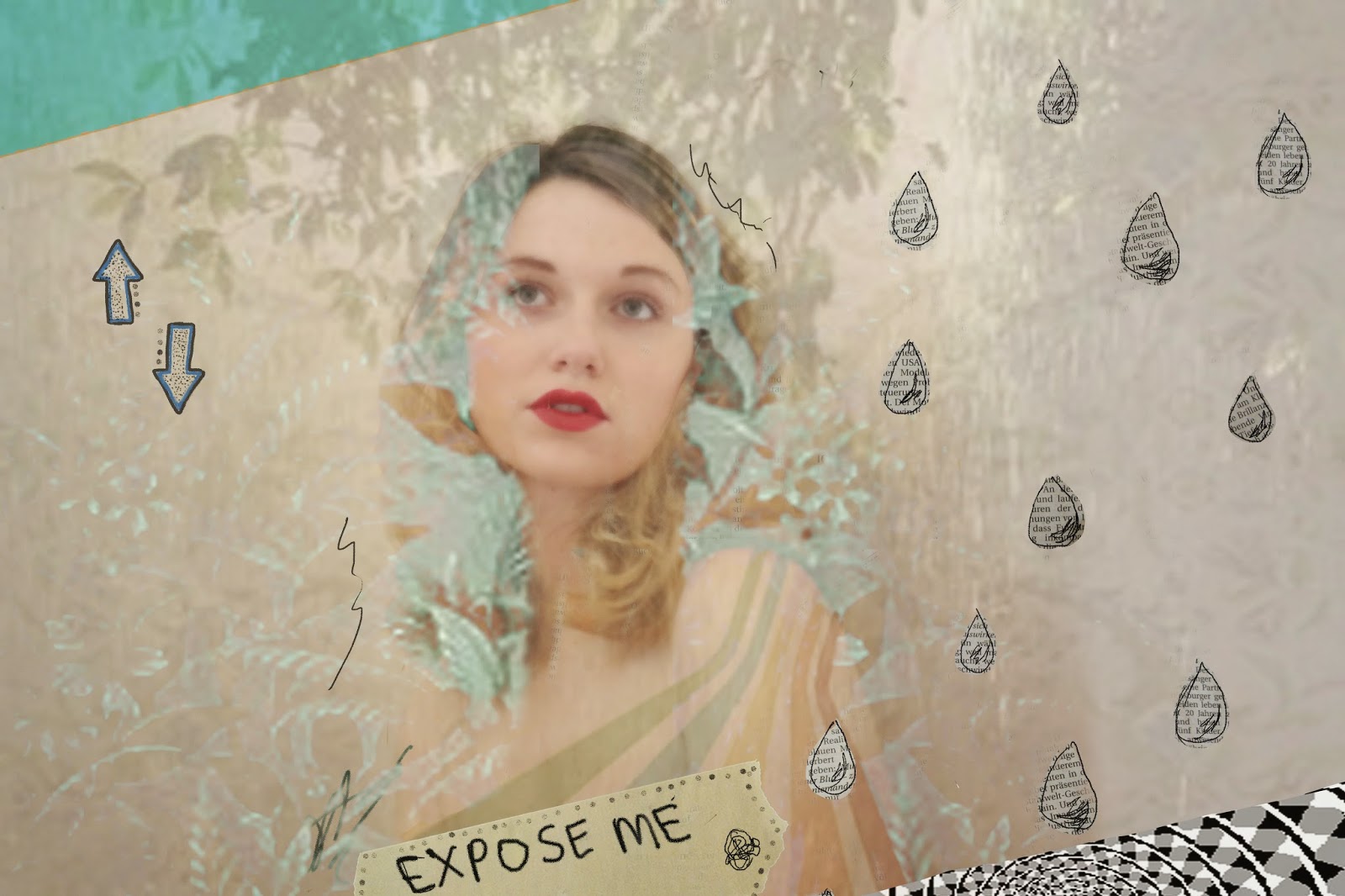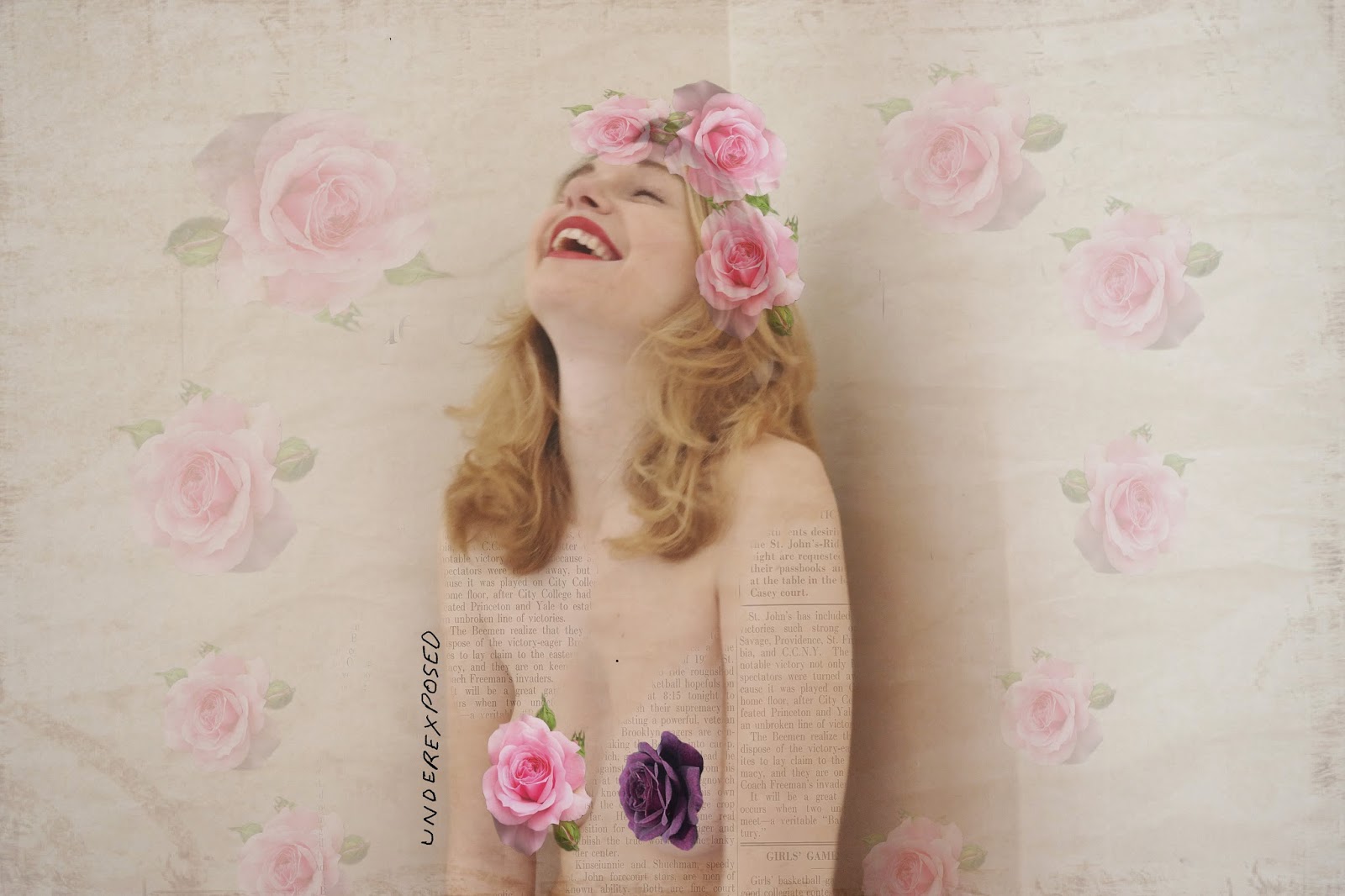I spoke to Kiera Vaclavik for
Varsity Fashion, (Senior Lecturer in French and Comparative Literature at Queen Mary, University of London), after her lecture at Homerton College on fashion in children’s literature: development of Lewis Carroll’s ‘Alice’ as a style icon.
1 ) What first inspired you to study fashion in children’s literature?
For me, it all started with the literary theme of katabasis, (the descent to the underworld by a mythical hero.) During my doctoral research on works for young readers involving such stories, I came across the remarkable US Vogue December 2003 photo essay on Alice in Wonderland, devised by Grace Coddington and shot by Annie Liebowitz. Couture designers from across the world were invited to design a dress for Alice (Natalia Vodianova) and be photographed – in character – alongside her. The photographs are incredibly evocative and over the years whenever I saw anything connected to Alice and fashion, I stored it away. I thought that one day I’d have something to say at an Alice and fashion conference. Such a conference never materialised and now, as part of my current AHRC (Arts and Humanities Research Council) fellowship, I’m now organising a one-day event on this subject at the Museum of Childhood in May 2015.

Down the hole (Credit: Patrick Emerson)
2 ) Do you think writers such as Lewis Carroll were aware of the impact they would have on the fashion world when creating characters like Alice?
Within his lifetime, Carroll saw various merchandising initiatives (from musical adaptations to parasols, biscuit tins and wallpaper) involving Alice and was even behind one or two of them himself. Even so, I’m not sure he would have anticipated that a century and a half after the first publication of Wonderland, people around the world, young and old, famous and unknown would be wearing clothes adorned by Alice and dressing like her. Carroll took a keen interest in dress, and once expressed a desire for the next little girl to play the role of Alice on stage to wear a dress of cream-coloured Liberty silk. I think he would have been pleased to know that Liberty’s SS2015 collection is entirely devoted to his creation.

The tea party (Credit: Patrick Emerson)
3 ) In your lecture you mentioned labels such as Chanel and Mulberry taking inspiration from fairy tales such as Little Red Riding Hood. Why do you think designers have taken to children’s literature?
There are lots of possible reasons. Partly it’s to do with a re-evaluation of children’s books. Many of the collections and campaigns draw on fairy tales specifically. Designers and tellers of such tales both spin stories; they are both purveyors of fantasy and make-believe. Feminist reinterpretations of these tales highlighted dark undercurrents and emphasised ongoing relevance to our times. In addition to the fantastical, there’s also the whimsy and quirky. I can’t see all children’s literature being equally inspirational (Mr Men books? Spot? Potter of any description). But never say never, Dahl’s Fantastic Mr Fox might not sound very likely either, but it played its part in Mulberry’s 2011 collection.

Fantastic Mr.Fox (Credit: Jason Eppink)
4 ) Is what a child wears truly his or her own free, self-expression?
It depends on their age: babies get what they’re given. Teenagers (not to mention tweenagers and some younger children) have much more say in what they will (and won’t, EVER!) wear. Parents play a big part in how and what children wear and in what circumstances. Even parental ‘choice’ is never free but circumscribed by money, time and many other factors. One of the first things I realised on becoming a parent myself, four and a half years ago, is how often children’s clothes are not an active choice but received as gifts or hand-me-downs. What I wanted and what I could afford (and thought morally appropriate to spend on a 25 cm piece of fabric) hardly corresponded.
5 ) Characters like The Gruffalo are seen to be in a state of “undress.” There seems to be somewhat of a desire to dress animal characters in clothes when it is not actually necessary. Can you give some examples of this and comment on why this has become the case? Why do we have such a repulsion to “nudity”?
We must note that his isn’t a universal truth and the Gruffalo is a case in point. In the US, nudity in print (and other media) is far less tolerated than in other Western countries. For example a book about Carroll’s muse, Alice Liddell, featured a picture of Alice in the bath; but she was hidden behind a towel in the US edition. A lot of this stems from well meaning concern for, and protection of children. But the hyper-awareness of undress is itself troublesome.

Naked Gruffalo (Credit: Axel Bührmann)
6 ) We’ve spoken about children’s literature having an impact on fashion. Does fashion have an impact on children’s literature? And if so, how so?
Visually, it will influence the way in which characters are re-presented over time. Alice often sheds her Victorian garb and is restyled in the dress of the day, and this is true of many other characters too. I think fashion has less of an impact on children’s literature than dress, more broadly conceived. Dress is hugely significant in works for young readers – as a plot device, as part of characterization or setting, or to fulfil a symbolic role. But fashion is on the whole an adult preoccupation.
7 ) You mentioned the ‘Pip and Posy’ books and how Pip is, in a way, punished for accidentally relieving himself on his shorts. This punishment entails enduring the embarrassment of having to wear clothes which are traditionally associated with girls. How far do you think children’s literature has an impact in perpetuating gender stereotypewith regards to fashion? Do you think authors and parents who buy these books are aware of the impact and do you think they have a responsibility educate in a more responsible way?
I think children’s literature (alongside many other forms of childhood culture and other influences) has an important part to play in inculcating ideology. There are publishers who make a point of presenting ‘difference’ of various kinds, but there is a mainstream which certainly sticks to what is safe, and in doing so keeps showing children narrow and restricted gender images. This is true of boys as well as girls. But when writers and publishers set out with a mission, however worthy, the story often suffers.
8 ) What is your favourite piece (for example a dress or a particular shoe) which has been created in the world of children’s literature?
I like the always suspended in space scarf in Saint-Exupery’s ‘Petit Prince’. Very appropriate for a cosmic traveller.
















